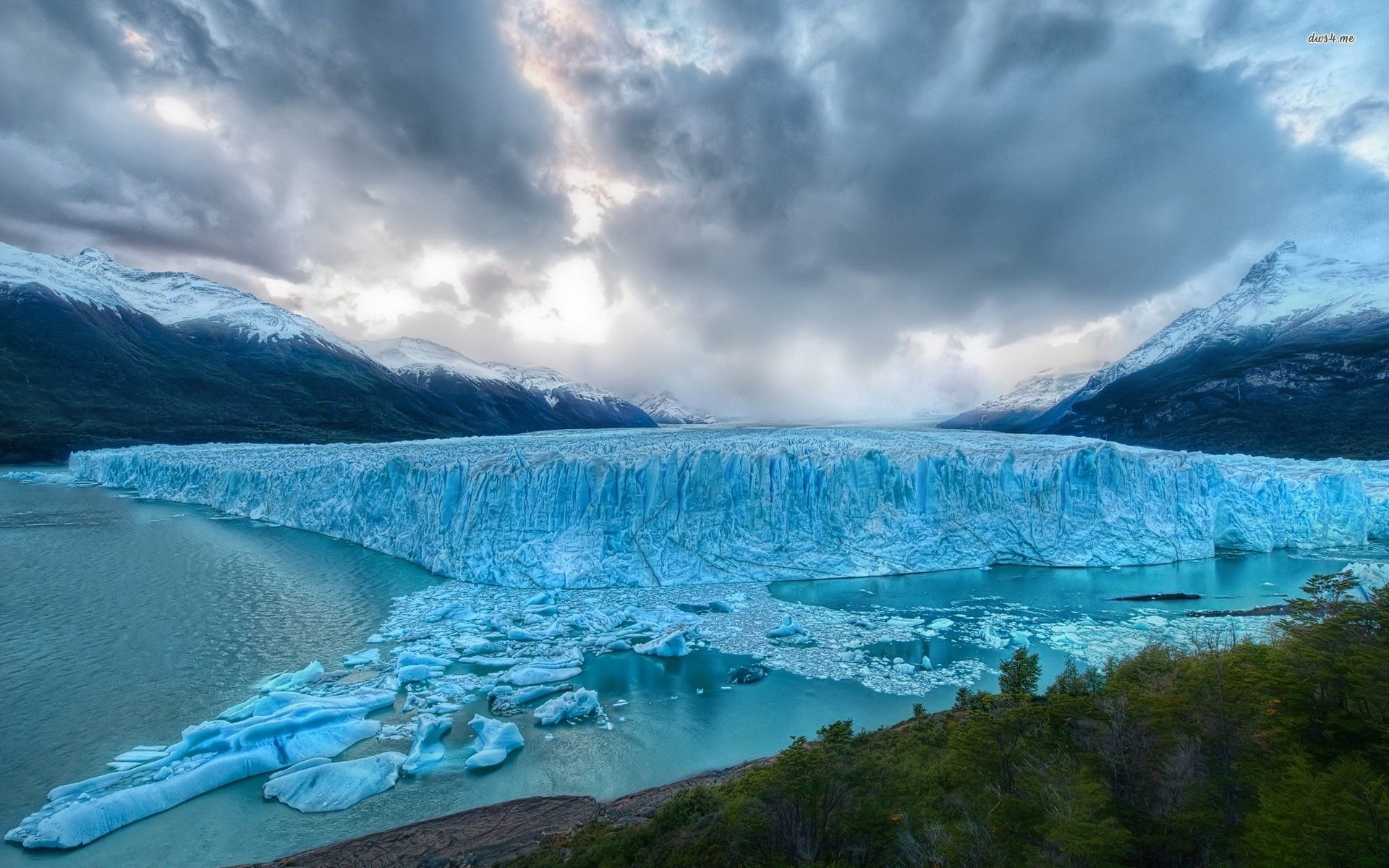 Earth's Climate oscillates, between short periods of warm and long long periods of cold. Based on studies of the past climate shifts, there is reason to think that the current warm period might be finishing! Is the ice age coming back ,or is the human activity on earth going to swing us in the opposite direction?
Earth's Climate oscillates, between short periods of warm and long long periods of cold. Based on studies of the past climate shifts, there is reason to think that the current warm period might be finishing! Is the ice age coming back ,or is the human activity on earth going to swing us in the opposite direction?
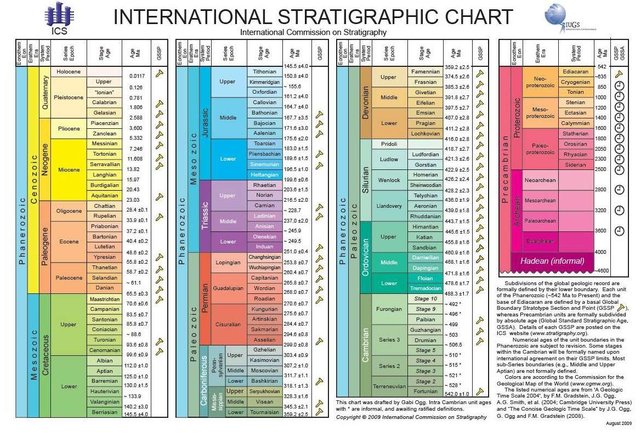
The period we live in is called Quaternary and it is characterized by massive glaciation, with ice sheets streaching from the Arctic, all the way down to Missuri River, all the way through Siberia and covering a big part of Europe.
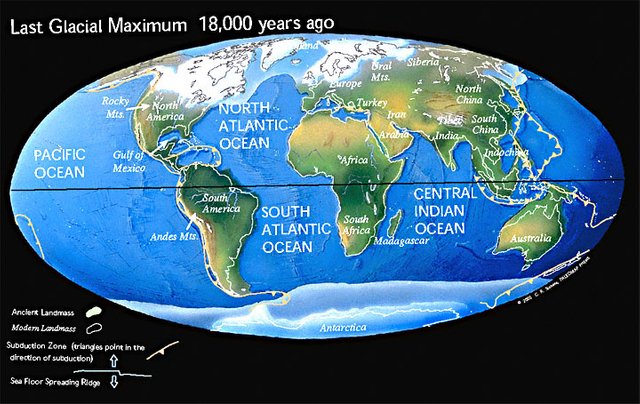
Right now we are in a brife interglacial phase in which the glaciers have retreated. The interglacial periods are really short.
The Quaternary Ice Age has lasted approximately 2,5 million year. It is 10.000-15.000 year warm periods seperated by Glacial periods that last several times longer.
The current Epoch is called Holocene era, The Holocene is the geological epoch that began after the Pleistocine at approximately 11,700 years ago. During this era temperatures rose, glaciers retreated and mammoths migrate north.
The conditions were right for Humans to thrive.
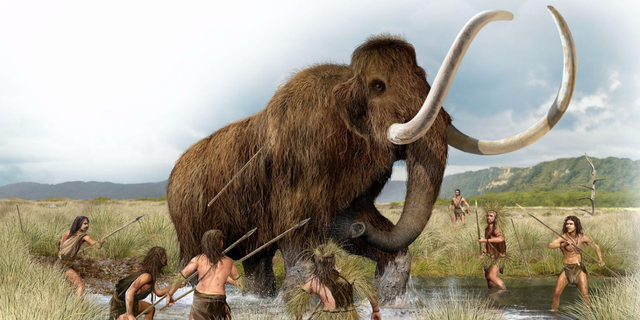
During this era we can observe the rise of agriculture, writing, cities and human civilisation in general.
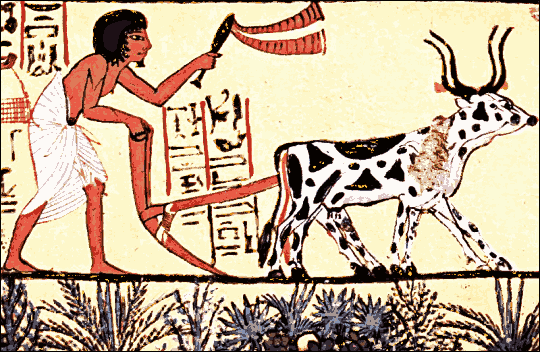


All of our recorded history is of the Holocene, you might think that this long relatively summary millenia are normal for this planet, but it is not true. The current interglacial is already long, does it mean that glaciers are to be expected?
What triggers the growth of the glaciers and what makes them retreat?
Earth's eccentricity
Earth's motion around the sun changes and with it, the intensity and distribution of light changes.
This can be explained by the Milankovitch cycles, Earth orbit shifts from spherical to so what elliptical.
During the elliptical orbit earth's most distant point from the sun is about 30% further than the closest point.

Earth's obliquity
A second reason is the procession of the earth's axis, it rotates 360 ° (degrees) over 26,000 years, plus the long axis of earths orbit also processes.
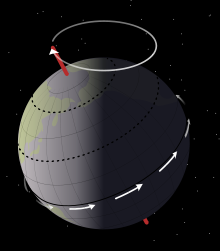
The long axis of earth's elliptical orbit also processes. Together these two effects define , where in the orbit the seasons occure.

Together they combine into a 21,000 year cycle called the precession of the equinoxes.
Another reason is that Earths tilt changes. At the moment our spin axis is tilted at 23,5°, relative to our orbit.
Information about the Earth's past is being gathered by Paleoclimatologists, by digging holes mostly in glacial ice cores. The most famous is an almost 2.2 mile long hole drilled in the Vostok Glacier in Antarctica. The glacier was built by millennia of snowfall,the glacier contain bubbles of atmospheric air, from the past, isotope ratios , greenhouse gas content in those bubbles traces global climate over the past 420.000 years.
If you look back at early Quaternary, earlier than a million years ago, the average temperature goes up and down approximately every 40.000 years, it seems that all cycles have to line up perfectly to cause the glaciers retreat. Eccentricity, obliquity and precession.
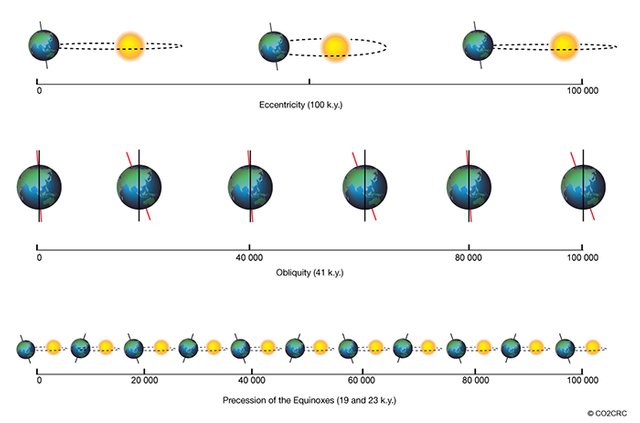
One thing is certain the glaciers will come from the north. The oceans of the southern hemisphere act as a strong buffer against changes in temperature. It is hard for ice to build up on water.
Even now in the winter, the northern lands are covered by snow all the way down to US, Canada , Europe and China. In summer it retreats completely. If the climate were a little bit cooler then the summer maybe not warm enough to melt the snow, which would build up year after year. As the snow builds up, Earth starts to reflect more and more sunlight back into space. It seems that earth's movement alone isn't enough .
The combination of Milankovitch cycles, show that obliquity is decreasing and it will bottom out in 12,000 years. It is currently winter in perihelion, in the northern hemisphere but it will but it'll persist completely, to winters in aphelion in aproximately 10,000 years. So in 10.000 to 12.000 all of our data points to cooling.
Nowadays, we are in a long low-eccentricity phase, because of this climate models predict that we have another 25,000 to 50,000 years of interglacial period and that if you ignore anthropogenic climate change. Which ruins the whole equation.
With C02 higher than at any point in the Quaternary period, it been predicted that this may extend the current interglacial for 100,000 years.
The real question is hae we ended the entire Quaternary Ice Age? Which is possible. Our influence is for sure huge. There is another extreme climate, that's much worse than a long mild interglacial, That is a Greenhouse climate.
Thanks for reading feel free to follow, vote and Re-esteem if you find it useful.You can find more of my articles here:https://steemit.com/@sungazer13
Authors get paid when people like you upvote their post.
If you enjoyed what you read here, create your account today and start earning FREE STEEM!
If you enjoyed what you read here, create your account today and start earning FREE STEEM!